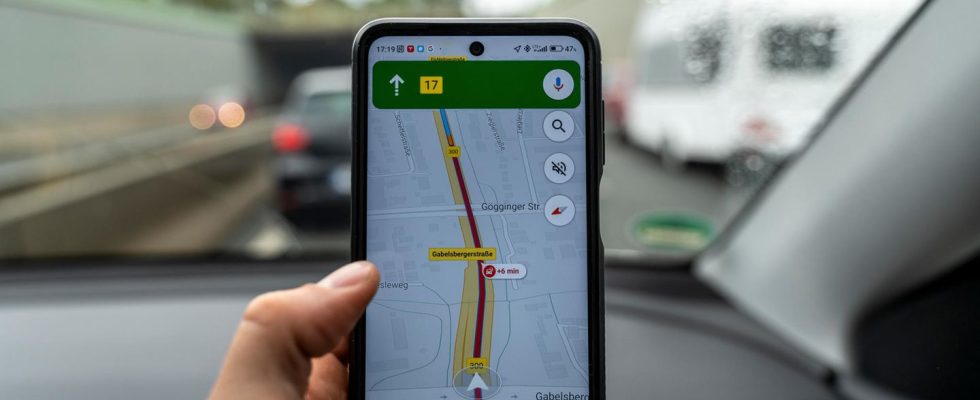New EU regulation
Why Google Maps suddenly doesn’t work the way you want – and how you can change that
Google Maps is the navigation tool of choice for many people (symbol image)
© Michael Bihlmayer / Picture Alliance
For a few days now, Google has stopped working as you might be used to. The reason is a new EU directive. But you can get at least some of the features back.
It’s not up to you: While Google used to be able to magically predict users’ needs, services like Google Maps have suddenly seemed significantly less personal in recent days. There is a simple reason for this: The EU has banned Google from linking its services. If you still want to do this, you have to do it manually.
The most obvious change can be found in the map view: If you search for an address, a specific company such as a store or another location in the browser, you can no longer click on the map to open Google Maps as before. Instead of a Maps preview, only an image of the maps app is displayed. The automatic suggestion of contact addresses no longer works. And neither do many other features.
Map service
These are the 20 most exciting places in Google Maps
Google services are no longer allowed to exchange data
The changes are part of Google’s implementation of the EU rules for the Internet giants that have been in force since March 7th. As part of the Digital Markets Act (DMA), the Europeans have identified six companies and 22 services that are accused of having too much power as so-called “gatekeepers”. And who now had to restructure their offerings in the EU. In addition to Google, Amazon, Apple, Facebook parent company Meta and specific services such as Whatsapp are affected.
At Google, the new directive primarily affects the connection between its numerous sub-offers: Because the group operates many different services such as Maps or YouTube, it also collects huge amounts of data about users – including across several of its services. This has the advantage for the group that it can tailor its advertising offers even better to individual people. At least the users get something in return: Google offers can be used more conveniently among each other.
This means that a restaurant you have just searched for on Google also appears on Maps, and you can easily start routes to addresses stored in your contacts. Or YouTube suggests more suitable content based on Google searches. But while Google continues to do this in the rest of the world, the various services in the EU are only allowed to exchange data with the explicit consent of the user.

© Teaser image: Getty Images / tobyfraley
This is how you agree to share the data
If convenience is more important to you than the protection of your data prescribed by the EU, you can allow Google to reconnect the services. To do this, open with your Google account logged in this company website. Now you can explicitly select which Google services are allowed to exchange their data with each other. For example, Maps can be synchronized with Google search and contacts again.
Please note, however, that Google can then combine the data collected in this way for advertising purposes.
Unfortunately not the Google of old
However, the “old Google” cannot be completely restored: the map in the Google search no longer brings back the data, even if it is linked. The quickest way to open them is the “Route” button, which is partially displayed under the maps.
The Google Assistant also has to do without your data: the smart AI chat simply can no longer be linked to other data in Germany.
Source: Google


